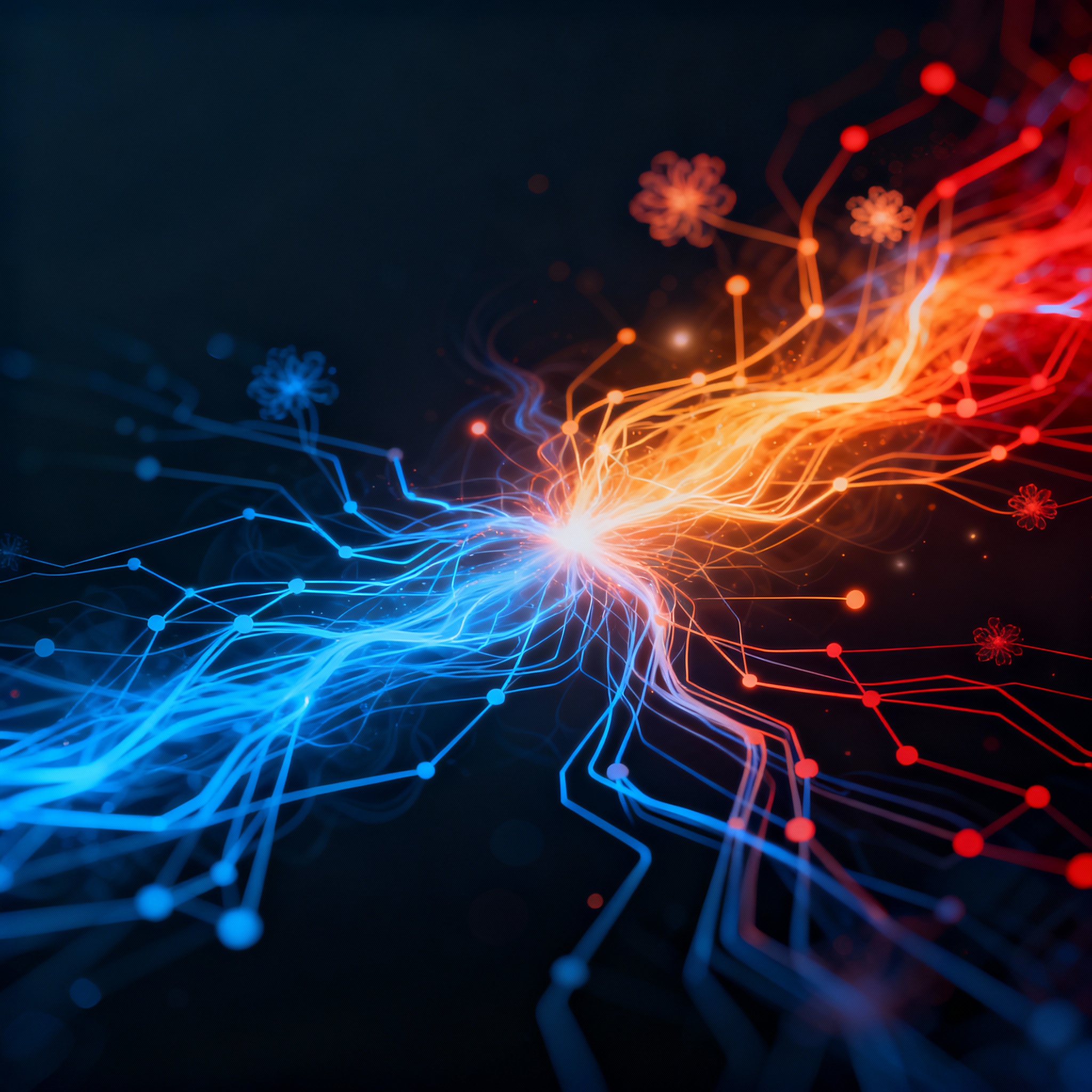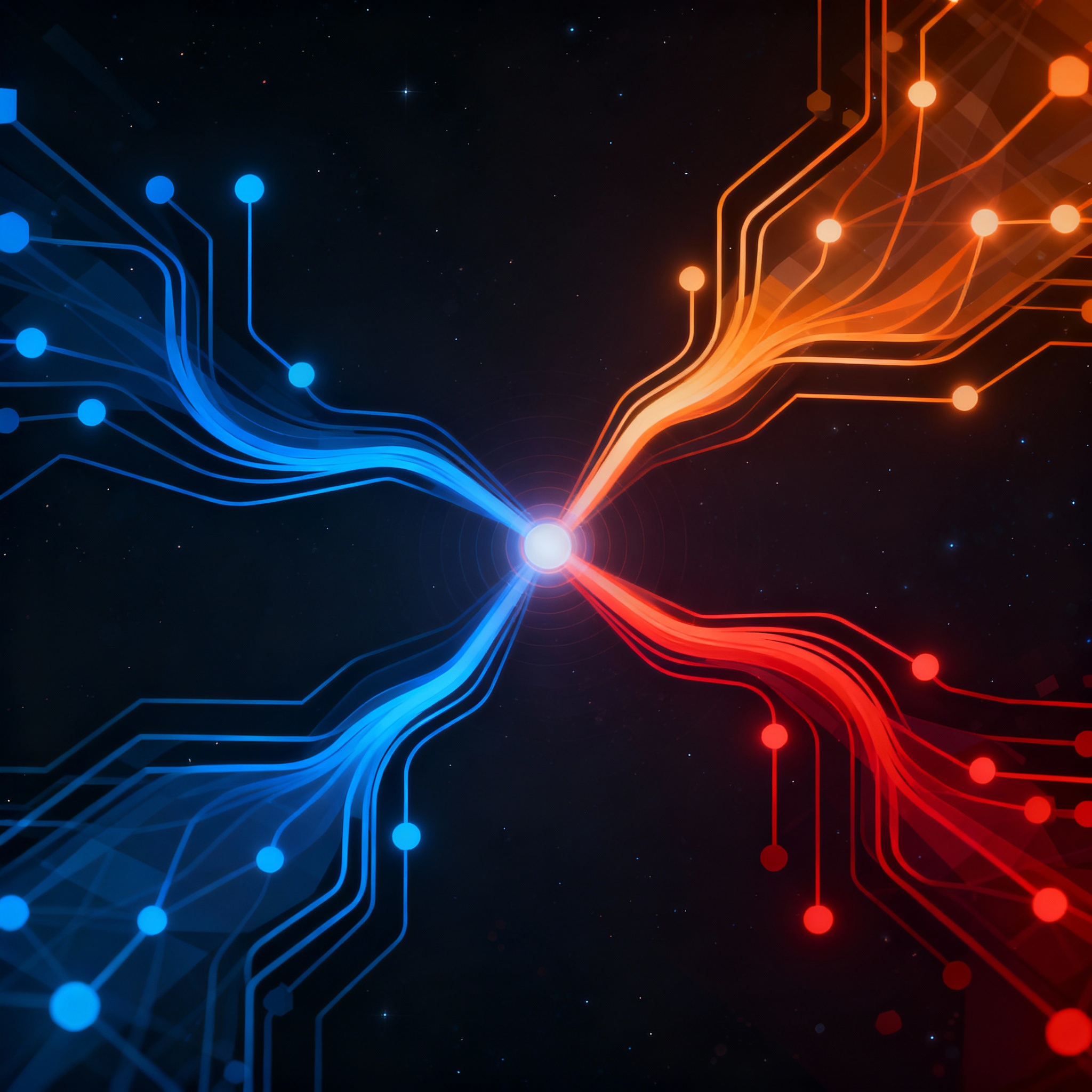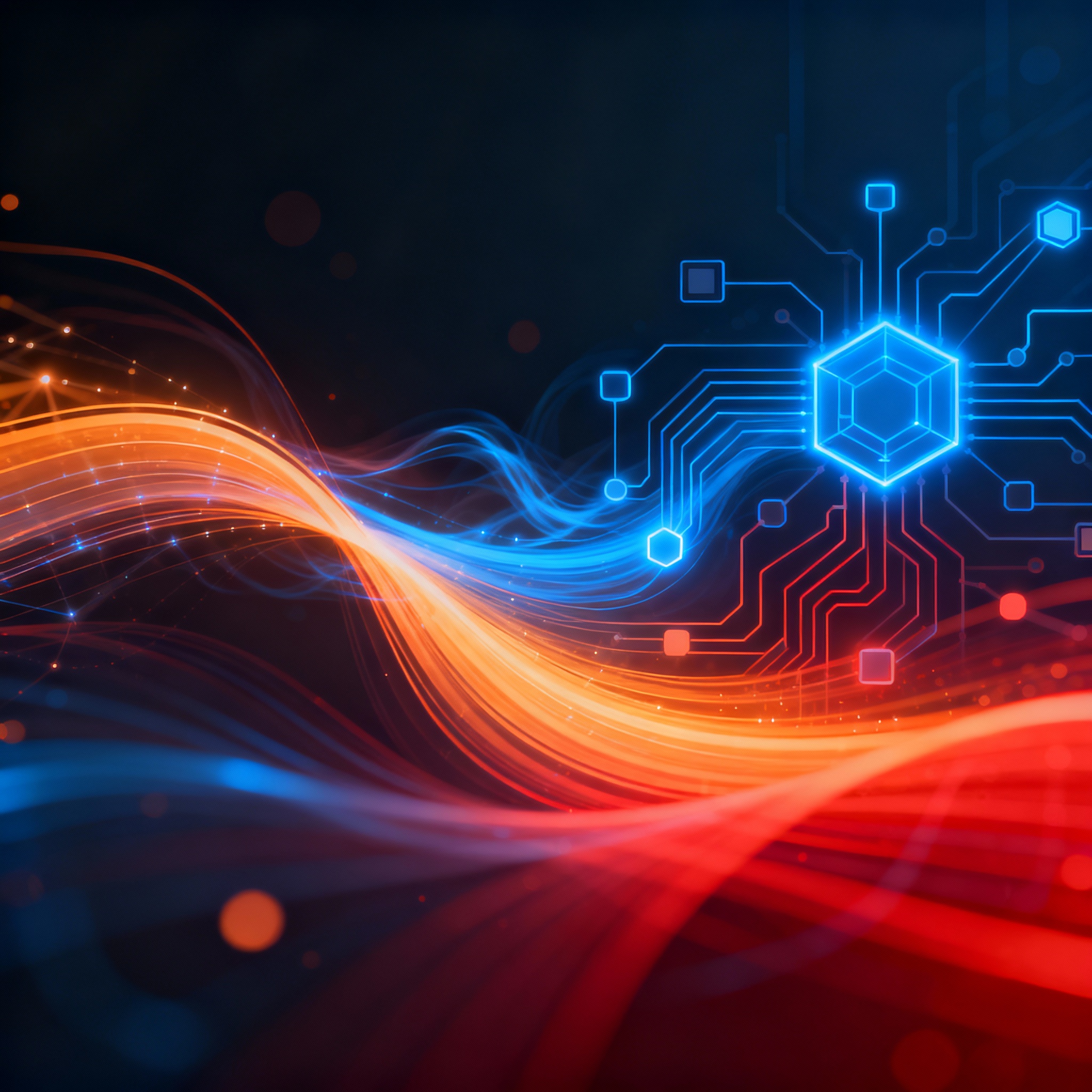
Unlocking Insights: How Retrieval-Augmented Generation (RAG) Revolutionizes Psychology Clinical Case Studies
Unlocking Insights: How Retrieval-Augmented Generation (RAG) Revolutionizes Psychology Clinical Case Studies
In the fast-paced world of mental health care, where precision and empathy are paramount, artificial intelligence is stepping in to lend a hand—or rather, a sophisticated algorithm. Retrieval-Augmented Generation (RAG) is one such innovation that's making waves, particularly in the realm of psychology clinical case studies. As a technical blog writer for ChatRAG, a Next.js boilerplate designed to kickstart chatbot-agent SaaS businesses, I've seen firsthand how RAG can empower developers to create tools that bridge the gap between data and actionable insights. But what exactly is RAG, and how does it apply to psychology? Let's dive in.
What is RAG and Why Does It Matter in Psychology?
At its core, RAG is a hybrid AI approach that combines the generative power of large language models (LLMs) like GPT with a retrieval mechanism. This means the system doesn't just "hallucinate" responses based on its training data; it pulls in relevant, up-to-date information from a knowledge base to ground its outputs in facts. In psychology, where clinical case studies often involve complex, nuanced narratives of patient behaviors, symptoms, and histories, this retrieval step is crucial for accuracy and reliability.
Imagine a therapist reviewing a case study on anxiety disorders. Without RAG, an AI might generate generic advice based on broad patterns. With RAG, it retrieves specific, evidence-based details from medical records, research papers, or anonymized case databases, tailoring responses to the unique context. This isn't just theoretical—a survey on retrieval-augmented generation models for healthcare applications highlights how RAG reduces errors in medical diagnostics by up to 30%, making it a natural fit for psychological applications.
For developers building chatbot agents, platforms like ChatRAG simplify integrating RAG into Next.js apps, allowing you to launch SaaS products that assist psychologists in real-time case analysis. It's about creating tools that augment human expertise, not replace it.
The Role of RAG in Generating Synthetic Therapist-Client Interactions
One of the most exciting applications of RAG in psychology is in simulating therapist-client conversations. Traditional training for psychologists relies on role-playing or reviewing static case studies, but RAG can generate dynamic, structured dialogues based on real questionnaires and clinical data.
For instance, consider a scenario where a psychology student needs to practice handling a patient with depression. A RAG-powered system could retrieve anonymized data from past cases and generate a conversation that mimics real interactions, complete with branching paths based on user inputs. This is explored in depth in research on roleplaying with structure: synthetic therapist-client conversation generation from questionnaires, which demonstrates how such systems improve empathy training by providing realistic, data-driven simulations.
Practically speaking, you could build this using ChatRAG's boilerplate: set up a vector database for storing clinical questionnaires, integrate an LLM for generation, and use retrieval to ensure responses align with established psychological frameworks like CBT (Cognitive Behavioral Therapy). Actionable insight: Start small by indexing a dataset of public mental health surveys, then fine-tune your RAG model to handle edge cases, such as cultural sensitivities in client interactions.
Enhancing Longitudinal Clinical Summarization with Temporal Reasoning
Psychology clinical case studies often span months or years, tracking patient progress over time. This longitudinal aspect introduces challenges like maintaining context across sessions and predicting future outcomes. Enter RAG with temporal reasoning—a capability that allows AI to understand and sequence events chronologically.
A practical example: In treating PTSD, a clinician might need to summarize a patient's history from scattered notes. RAG can retrieve and synthesize this data, factoring in time-based elements like symptom escalation post-trauma. Studies on large language models with temporal reasoning for longitudinal clinical summarization and prediction show that such models achieve higher accuracy in forecasting relapse risks, with F1 scores improving by 15-20% when RAG is incorporated.
For SaaS builders, this means creating chatbots that not only summarize cases but also alert therapists to potential red flags. Using ChatRAG, you could implement this by embedding temporal metadata in your retrieval index—think timestamps on patient entries—and training the model to weigh recent data more heavily. Tip: Use libraries like LangChain to handle the retrieval logic, ensuring your app scales for multi-user clinical environments.
RAG for Diagnosing Psychiatric Comorbidities
Comorbidities—when a patient presents with multiple mental health conditions simultaneously—are a common hurdle in psychology. Diagnosing them accurately requires sifting through vast amounts of medical records and cross-referencing symptoms. RAG excels here by augmenting LLMs with clinical-grounded data, turning raw records into insightful diagnostic dialogues.
Picture a virtual assistant that, during a case study review, retrieves similar cases from a database and generates a dialogue simulating a diagnostic interview. This approach is detailed in work on from medical records to diagnostic dialogues: a clinical-grounded approach and dataset for psychiatric comorbidity, which introduces datasets that help train models for more precise comorbidity detection.
In practice, developers can leverage this by building RAG systems that integrate with electronic health records (EHRs). An actionable step: Ensure data privacy compliance (e.g., HIPAA) by using federated learning techniques in your ChatRAG setup, allowing the model to learn from distributed datasets without compromising sensitive information.
Rethinking LLMs in Mental Health: The RAG Advantage
While LLMs have shown promise in mental health, they're not without pitfalls—like generating biased or inaccurate advice. RAG addresses this by grounding responses in verified sources, making it a safer bet for clinical applications.
A comprehensive review, "It’s Not Only Attention We Need": Systematic Review of Large Language Models in Mental Health Care, underscores the need for retrieval mechanisms to mitigate hallucinations, especially in sensitive areas like suicide risk assessment. Similarly, rethinking large language models in mental health applications argues for hybrid models that combine generation with factual retrieval to enhance trustworthiness.
For those using ChatRAG to develop psychology-focused chatbots, incorporate RAG to fact-check outputs against trusted databases. Example: In a case study tool, retrieve guidelines from the DSM-5 before generating summaries, reducing the risk of misinformation.
Generative AI in Clinical Interviewing: RAG's Edge
Clinical interviewing is the backbone of psychology case studies, where subtle cues can reveal underlying issues. Generative AI, boosted by RAG, can assist by simulating interviews or analyzing transcripts.
Research on generative AI-assisted clinical interviewing of mental health illustrates how RAG improves interview quality by pulling in contextual knowledge, such as cultural factors affecting symptom expression. This leads to more empathetic and accurate assessments.
Actionable insight: Build a RAG-enhanced chatbot in ChatRAG that transcribes sessions in real-time, retrieves similar case studies, and suggests follow-up questions. Start with open-source datasets for training, then customize for specific disorders like bipolar disorder.
Challenges and Ethical Considerations
No technology is without challenges. In RAG for psychology, key issues include data bias in retrieval sources and ensuring model interpretability. If your knowledge base is skewed toward certain demographics, outputs could perpetuate inequalities.
To counter this, diversify your data sources and implement bias audits. Ethically, always prioritize user consent and transparency—inform users that AI suggestions are supplementary to professional judgment.
Conclusion: Key Takeaways for the Future of RAG in Psychology
Retrieval-Augmented Generation is poised to transform psychology clinical case studies by making AI more reliable, context-aware, and useful for mental health professionals. From synthetic conversations to longitudinal predictions, the applications are vast and impactful.
Key takeaways:
- Accuracy Boost: RAG reduces hallucinations by grounding responses in real data, as seen in various studies.
- Practical Implementation: Tools like ChatRAG make it easy to build scalable, RAG-powered chatbots for SaaS businesses.
- Ethical Focus: Always integrate privacy and bias checks to ensure responsible use.
- Innovation Potential: Start experimenting with small datasets to prototype psychology tools that could redefine clinical training and diagnostics.
As AI evolves, RAG will undoubtedly play a starring role in making mental health care more accessible and effective. Whether you're a developer or a clinician, the future looks promising.
Ready to build your AI chatbot SaaS?
ChatRAG provides the complete Next.js boilerplate to launch your chatbot-agent business in hours, not months.
Get ChatRAGRelated Articles

Mastering Internal Knowledge: How RAG Powers Enterprise Documentation Search
In today's data-driven enterprises, sifting through vast internal documentation can be a major bottleneck. Retrieval-Augmented Generation (RAG) emerges as a game-changer, combining AI retrieval with generation to deliver accurate, relevant responses. This guide dives into implementing RAG for efficient knowledge management.

Streamlining Scholarly Scrutiny: RAG's Impact on Manuscript Review in Publishing
In the fast-paced world of academic publishing, reviewing manuscripts can be a daunting task fraught with information overload. Retrieval-Augmented Generation (RAG) emerges as a game-changer, combining AI's generative power with targeted data retrieval to enhance accuracy and efficiency. This post delves into how RAG streamlines the review process, from literature verification to constructive feedback.

Streamlining Patient Records: The Power of RAG in Modern Healthcare Management
In the fast-paced world of healthcare, managing patient records efficiently is crucial for quality care. Retrieval-Augmented Generation (RAG) combines large language models with real-time data retrieval to provide contextually accurate information. This post delves into how RAG can transform record management, backed by recent research and practical examples.